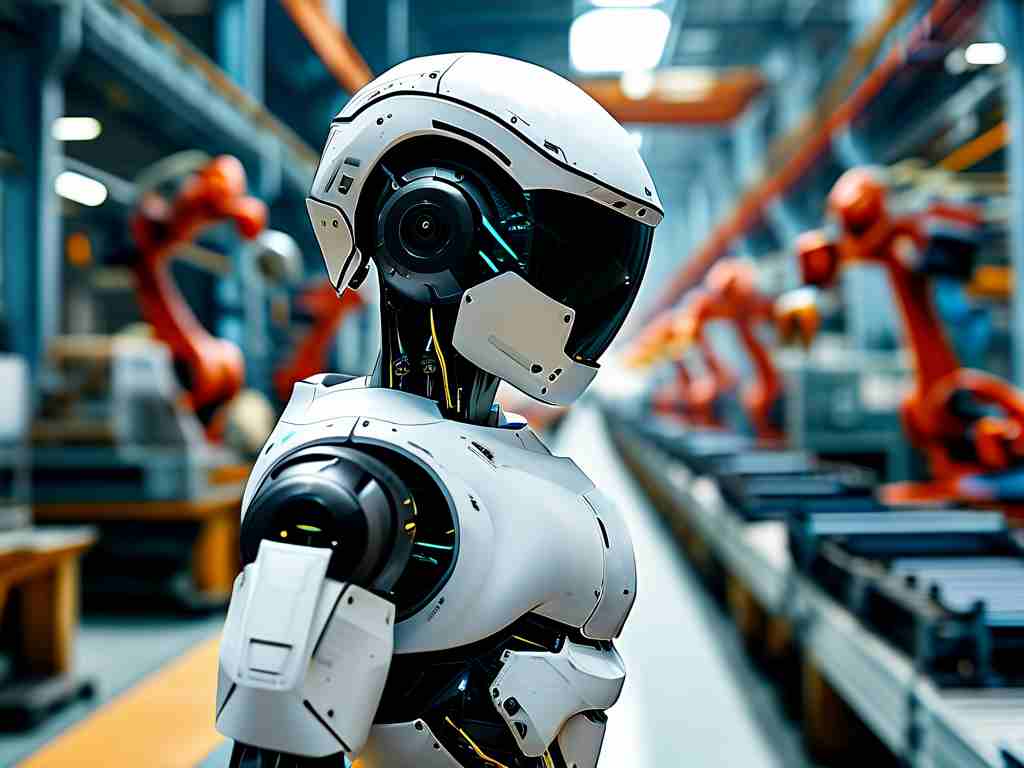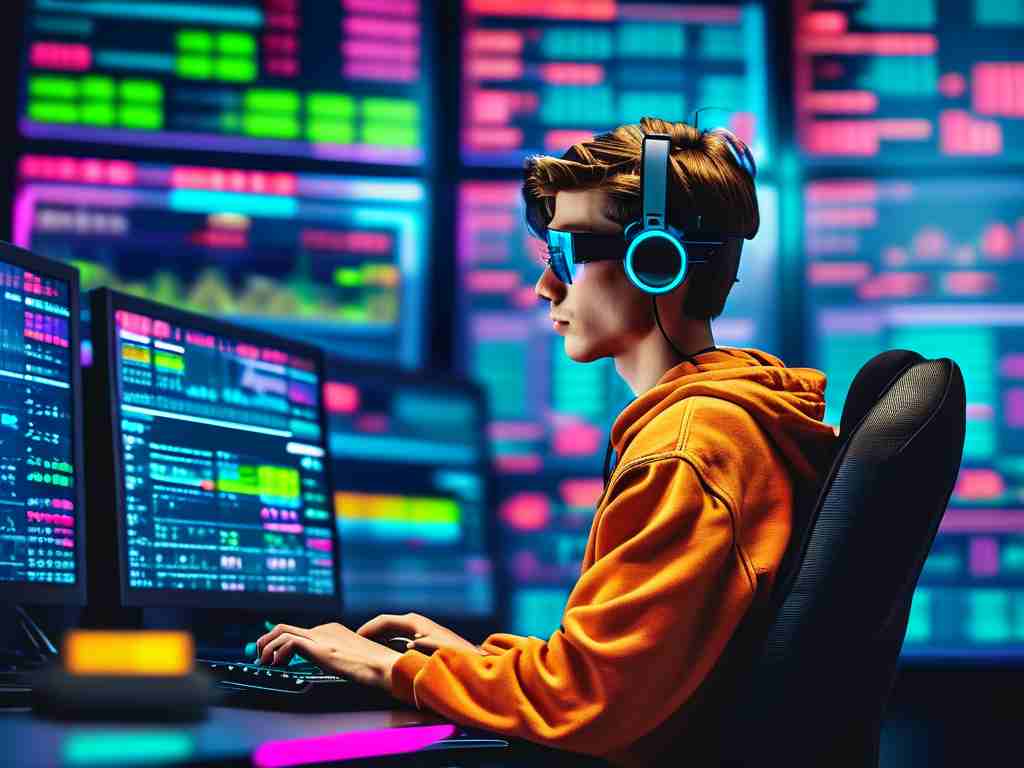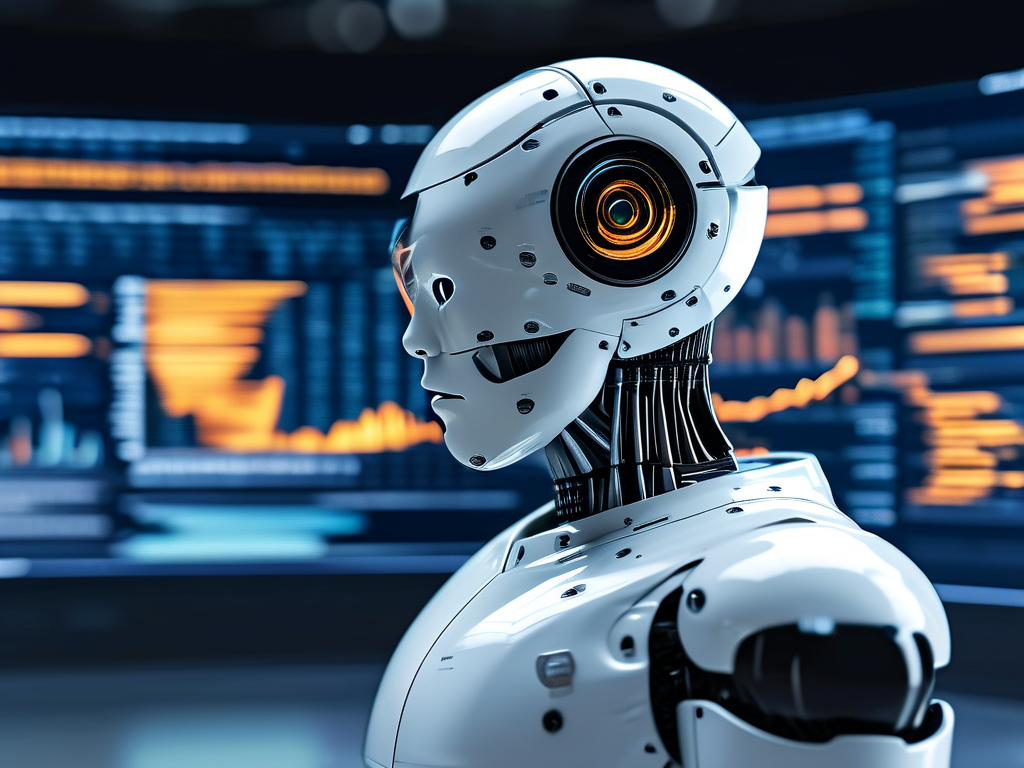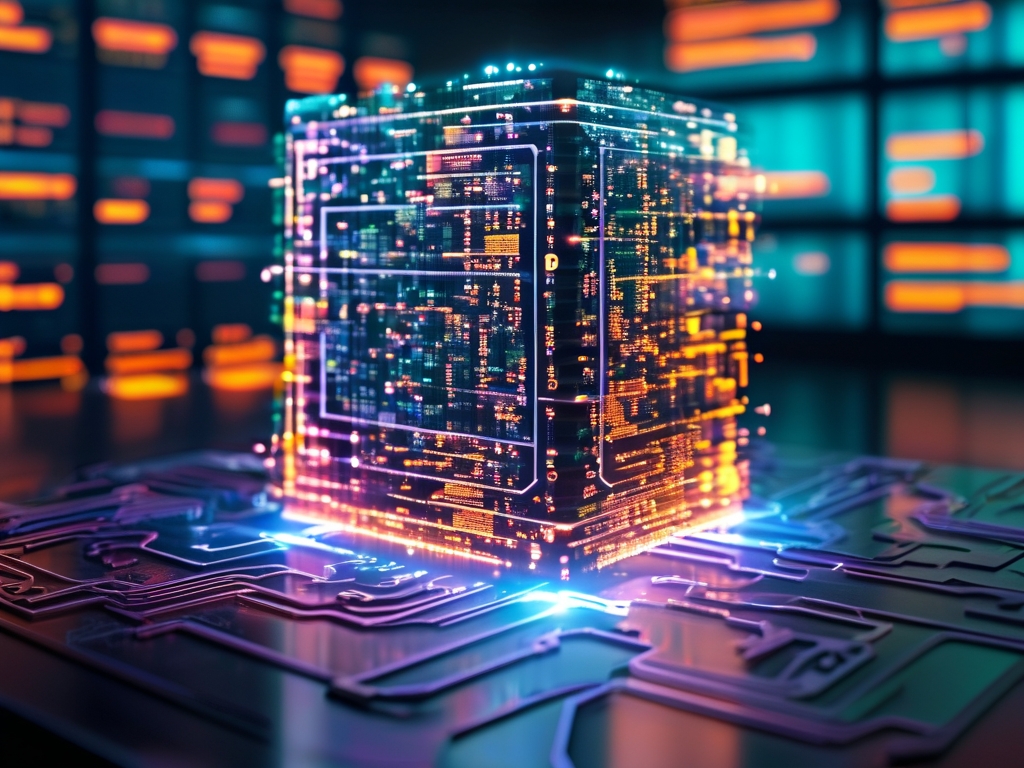The convergence of blockchain and artificial intelligence (AI) is reshaping industries by combining decentralized trust with advanced data analytics. While both technologies have individually driven innovation, their integration unlocks novel solutions to longstanding challenges in security, transparency, and efficiency. This article explores practical applications of this fusion and its implications for businesses and society.
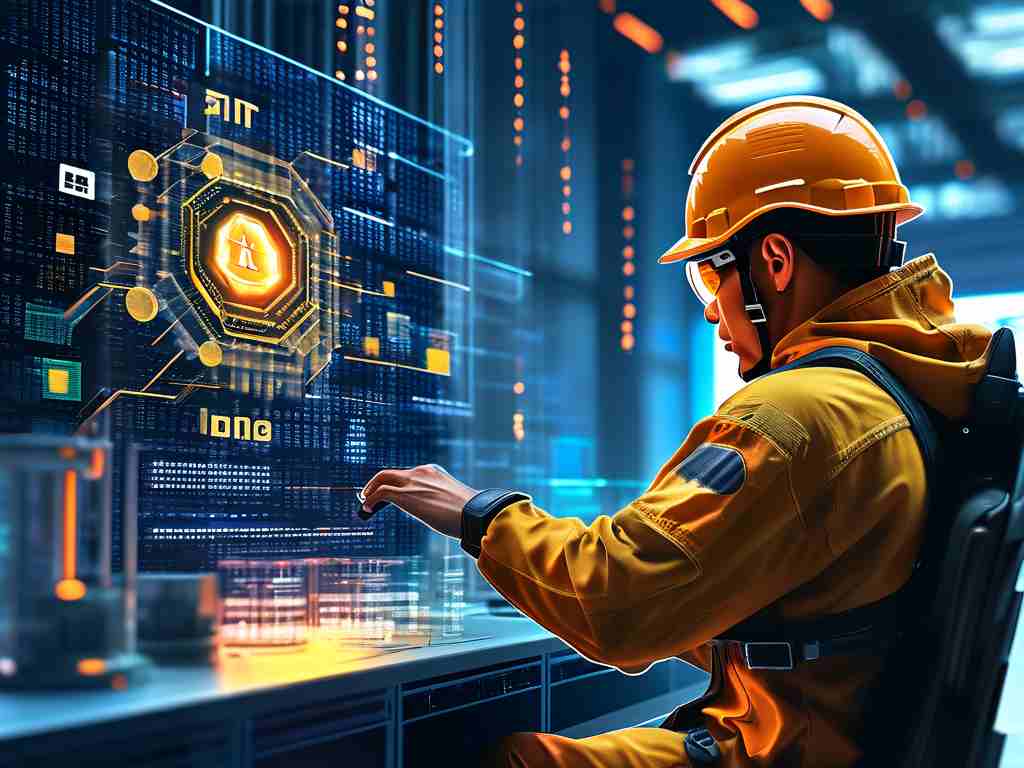
Decentralized Data Governance
One critical application lies in data management. AI systems require vast datasets to train models, but centralized data storage raises concerns about privacy and security. Blockchain addresses these issues by enabling decentralized data marketplaces. For instance, healthcare institutions can share anonymized patient records on permissioned blockchains, allowing AI algorithms to analyze trends without compromising individual privacy. A smart contract could govern access:
contract DataAccess {
address public owner;
mapping(address => bool) permittedAI;
modifier onlyOwner() {
require(msg.sender == owner);
_;
}
function grantAccess(address _aiModel) public onlyOwner {
permittedAI[_aiModel] = true;
}
}
Such frameworks ensure compliance with regulations like GDPR while fostering collaborative AI development.
Enhancing AI Accountability
Blockchain’s immutable ledger provides an audit trail for AI decision-making processes—a crucial feature for high-stakes domains like finance or criminal justice. When an AI model approves a loan or predicts recidivism rates, each step can be recorded on-chain. This transparency helps regulators and users verify whether biases or errors influenced outcomes. Companies like SingularityNET already employ hybrid architectures where AI agents operate on blockchain networks, with every interaction cryptographically signed and timestamped.
Optimizing Computational Resources
Training complex AI models demands significant computational power, often concentrated in cloud platforms controlled by tech giants. Blockchain enables decentralized compute markets. Projects such as Render Network allow users to monetize idle GPUs by contributing to distributed AI training tasks. Participants earn tokens for verifying computations, creating a circular economy that reduces reliance on centralized infrastructure.
Challenges and Considerations
Despite these opportunities, technical hurdles persist. Blockchain’s latency conflicts with AI’s need for real-time processing—a dilemma particularly acute in autonomous vehicle systems. Hybrid solutions, such as off-chain computation paired with on-chain validation, are being tested to balance speed and security.
Regulatory uncertainty further complicates adoption. Governments struggle to classify AI-blockchain systems, creating compliance risks for enterprises. The EU’s proposed AI Act and Markets in Crypto-Assets (MiCA) regulation hint at future frameworks but lack specificity for converged technologies.
Future Outlook
Industry analysts predict blockchain-AI integrations will mature through sector-specific pilots rather than broad implementations. Supply chain management stands out as a near-term use case: Walmart’s experiments with blockchain for food traceability could integrate AI to predict shipment delays or quality issues. Similarly, DeFi platforms may deploy AI-driven risk assessment models anchored on blockchain for tamper-proof reporting.
As these technologies evolve, interdisciplinary collaboration will be essential. Developers must design modular systems that allow AI and blockchain components to interoperate seamlessly. Meanwhile, policymakers need to craft regulations that encourage innovation while mitigating risks—a delicate balance that will shape the trajectory of this technological synergy.
In , the marriage of blockchain and AI transcends theoretical potential, offering tangible tools to address data ethics, operational efficiency, and system accountability. While challenges remain, ongoing experimentation across industries suggests this fusion will become a cornerstone of next-generation digital infrastructure.


